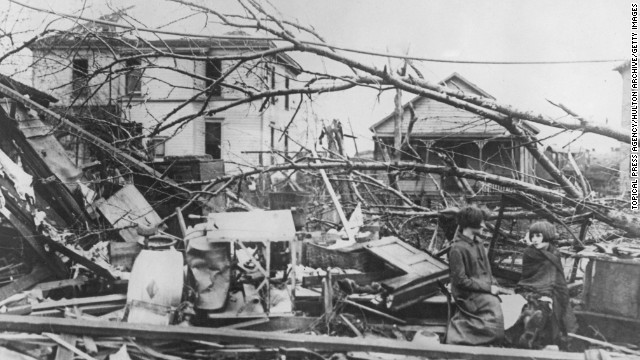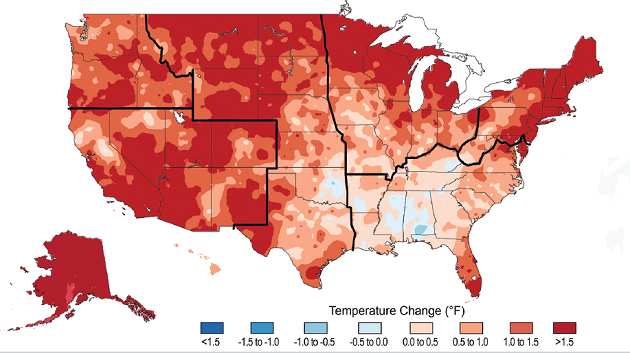Only 3 Category-5 hurricanes have ever hit the U.S.
It's been 25 years since a Category 5 hurricane struck the U.S., and Irma could potentially become just the fourth storm of that strength to barrel into the states.
Hurricane Irma is a monster storm in the Atlantic with maximum sustained winds of 185 mph. Only one Atlantic hurricane on record, Allen in 1980, contained stronger winds, at 190 mph.
The only Category 5 hurricanes to hit the U.S. are Andrew in 1992, Camille in 1969 and an unnamed storm in 1935.
These monster storms cause "catastrophic damage," the National Hurricane Center said. Category 5 hurricanes destroy a high percentage of homes, often causing total roof failure and wall collapses. Fallen trees and power poles isolate residential areas. Power outages last for weeks or months. And areas can be uninhabitable for the same time frame.
1935 'Labor Day' hurricane:
The strongest hurricane on record to hit the U.S. roared into the Florida Keys on Sept. 2, 1935. The storm was later nicknamed the Florida Keys or Labor Day hurricane because of where and when it hit.
The hurricane rushed ashore as a Category 5 hurricane, with sustained winds of 185 mph as it crossed the Florida Keys between Key West and Miami.
The ferocious storm killed 423 people, including 259 World War I veterans living in camps while building the highway to Key West.
Although the 1935 storm may have been the strongest, it was far from the deadliest. The hurricane that flattened Galveston, Texas, in 1900 killed an estimated 6,000 to 8,000 people.
From Camille to Andrew:
Hurricane Camille struck the Gulf Coast of the U.S. on Aug. 18, 1969, with winds estimated at 175 mph and gusts of 200 mph.
Storm surge — the wall of ocean water that comes ashore with the hurricane — caused utter devastation in coastal Mississippi. Torrential rain from Camille led to additional flooding and deaths well inland as the storm crossed Virginia's Appalachian Mountains. In all, Camille killed 259 people.
Katrina, the costliest natural disaster in U.S. history at $125 billion, "only" measured as a Category 3 at landfall, demonstrating some of the flaws in the wind scale. Storm surge and the levees that failed in New Orleans — not wind or rain — caused much of the devastation.
(News Collected from:CNN and Other Website)
Let Claim Nation USA Guide You:
the major concern of the property owner becomes, “What is the full cost of repair or replacement to make me whole again?” Business owners will suffer down time creating the need to document business interruption loss. Homeowners will want to know, where they will live while their home is being repaired.
Determining Water Damage Resulting from Windstorm Events:
What about water damage resulting from a windstorm event? One must always look to the specific policy language of the loss in question. Typically, if the windstorm event causes a breach (break) in the building envelope (roof or walls) and water comes into the building due to that breach, then you have coverage. This would include water damage to the building itself, such as drywall damage, particle board expansion, electrical damage, mold, etc. Water damage to contents would also typically be included as part of the loss. Wind driven rain can also be very problematic in a hurricane as many insurance companies will not pay unless there is a breach or opening in a structure. Let Claim Nation USA lend their expertise to help you determine water damage resulting from windstorm events.
When Results Matter, Use Claim Nation USA.









Comments
Post a Comment